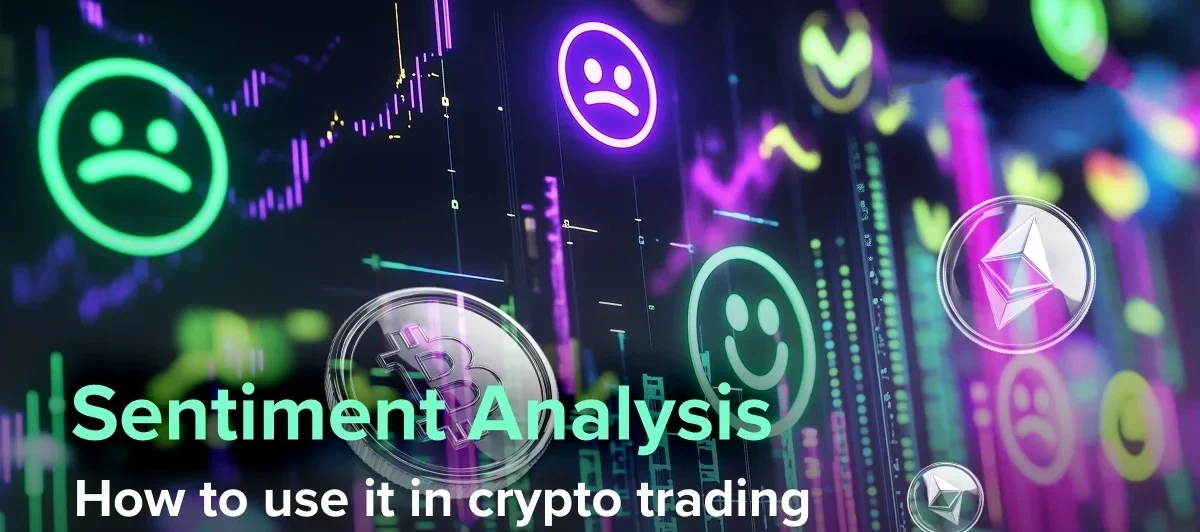Understanding the mood of the crypto market can help you make smarter investment decisions. This is where sentiment analysis comes in — a method used to measure how people feel about a cryptocurrency or the market in general.
In this guide, you’ll learn what sentiment analysis is, why it matters, and how to use it to your advantage in the world of digital assets.
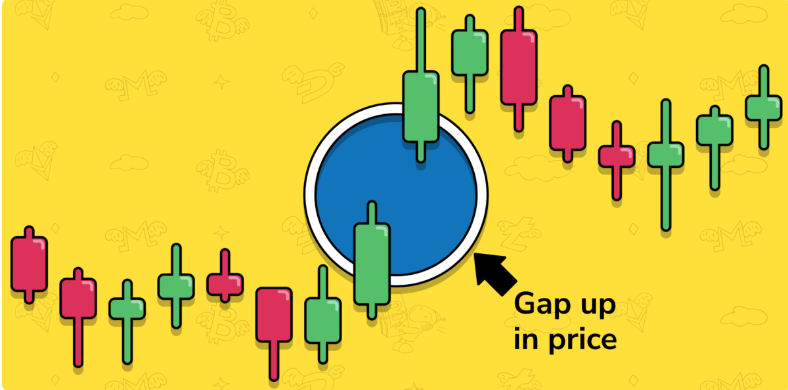
What Is Sentiment Analysis?
Sentiment analysis is the process of analyzing people’s opinions, emotions, or attitudes — usually from online sources like:
- Social media (Twitter, Reddit, etc.)
- News articles
- Forums and blogs
- Market data
In crypto, sentiment analysis helps you understand whether people are feeling bullish (positive) or bearish (negative) about a coin or the market.
Why Sentiment Analysis Matters in Crypto
Crypto markets are highly influenced by public opinion. Unlike traditional markets, crypto is often driven by hype, fear, and emotion rather than just technical performance.
Key Benefits:
- Spot trends early before prices move
- Understand the mood behind price swings
- Avoid emotional decisions by relying on data

Types of Sentiment in Crypto
1. Bullish Sentiment
People believe prices will rise. This is usually accompanied by:
- Excitement on Twitter
- Positive news stories
- High trading volumes
2. Bearish Sentiment
Investors expect prices to fall. You’ll notice:
- Panic selling
- Negative news headlines
- Fear spreading on forums
3. Neutral Sentiment
The market is unsure. Traders are waiting for a clear direction. Price moves might be sideways or range-bound.
How Is Sentiment Measured?
There are a variety of tools and methods used to measure sentiment:
1. Social Media Monitoring Tools
Platforms like LunarCrush, Santiment, and CryptoMood scan social posts for keywords, hashtags, and tone.
2. Fear & Greed Index
This is a simple daily indicator that shows the market’s emotional state. A score close to 0 means “fear”, while 100 means “greed”.
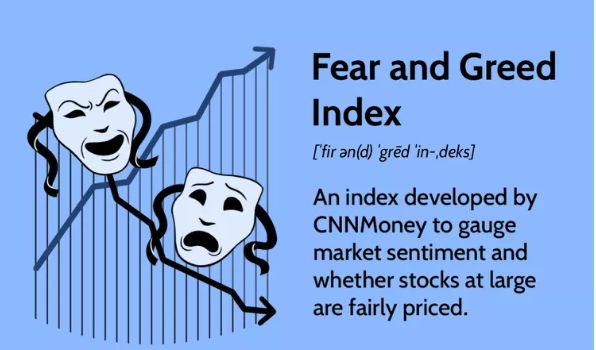
3. News Sentiment Analysis
AI tools scan news headlines and assign a sentiment score based on the article’s tone — positive, negative, or neutral.
Real-Life Examples of Sentiment in Action
Example 1: Elon Musk Tweets About Dogecoin
Every time Elon Musk tweeted about Dogecoin, its price surged. This caused a wave of positive sentiment, even though the fundamentals didn’t change.
Example 2: FTX Collapse in 2022
When FTX, a major exchange, collapsed, fear dominated the market. Social media exploded with warnings, and prices across the board dropped — a clear case of negative sentiment driving the market.
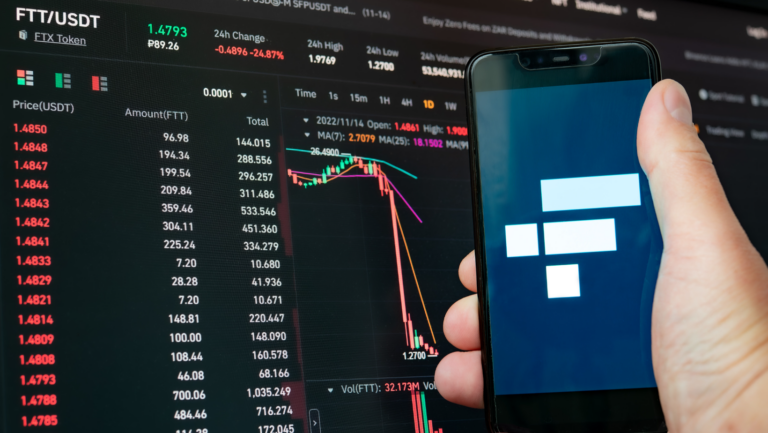
How to Use Sentiment Analysis in Your Strategy
1. Combine with Technical Analysis
Sentiment isn’t enough on its own. Use it alongside charts and indicators like RSI, MACD, and support/resistance levels.
2. Verify with News Sources
If everyone is talking about a coin, dig deeper. Is it just hype, or is there real news behind it?
3. Don’t Follow the Crowd Blindly
Extreme sentiment can be a warning. When everyone is greedy, it may be time to be cautious. When everyone is fearful, it might be a buying opportunity.
Tools to Get Started with Sentiment Analysis
- LunarCrush – Tracks social engagement metrics
- Alternative.me Fear & Greed Index – Simple market mood tracker
- Santiment – On-chain analytics with sentiment data
- Google Trends – Measures search interest in crypto keywords
Final Thoughts
Sentiment analysis is a powerful tool that helps you understand the emotions driving the crypto market. While it’s not perfect, combining it with other research methods can give you a clearer picture of what’s really going on.
In a market this emotional, knowing how people feel can be just as important as knowing the numbers.

FAQs
What is a bullish sentiment in crypto?
Bullish sentiment means people expect prices to rise. It’s often seen during market rallies and positive news cycles.
Can sentiment analysis predict the market?
It can’t predict with 100% accuracy, but it offers useful insights into where the market might be heading based on public opinion.
Is sentiment analysis only for Bitcoin?
No, it can be used for any cryptocurrency — including Ethereum, altcoins, and even NFTs.

